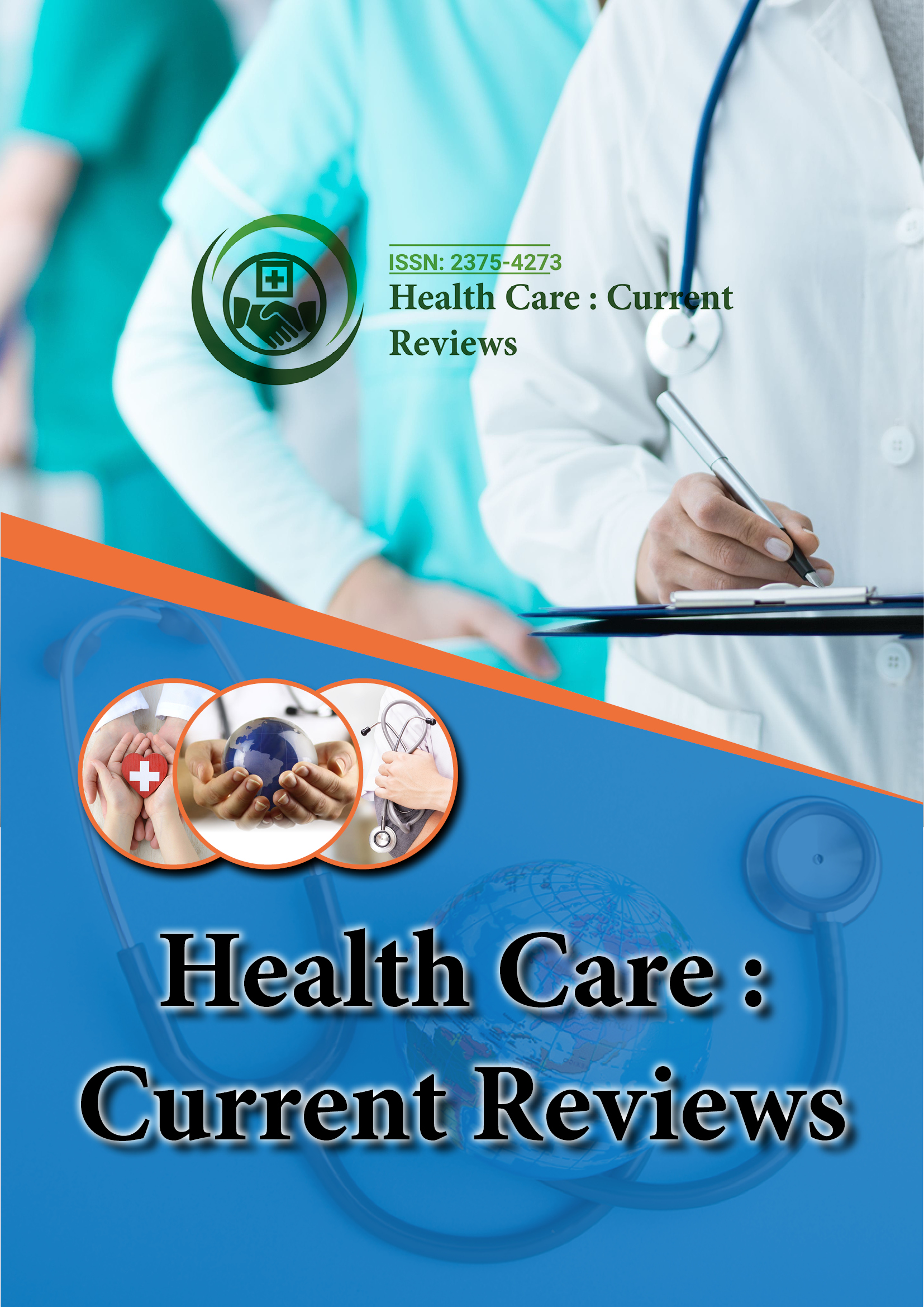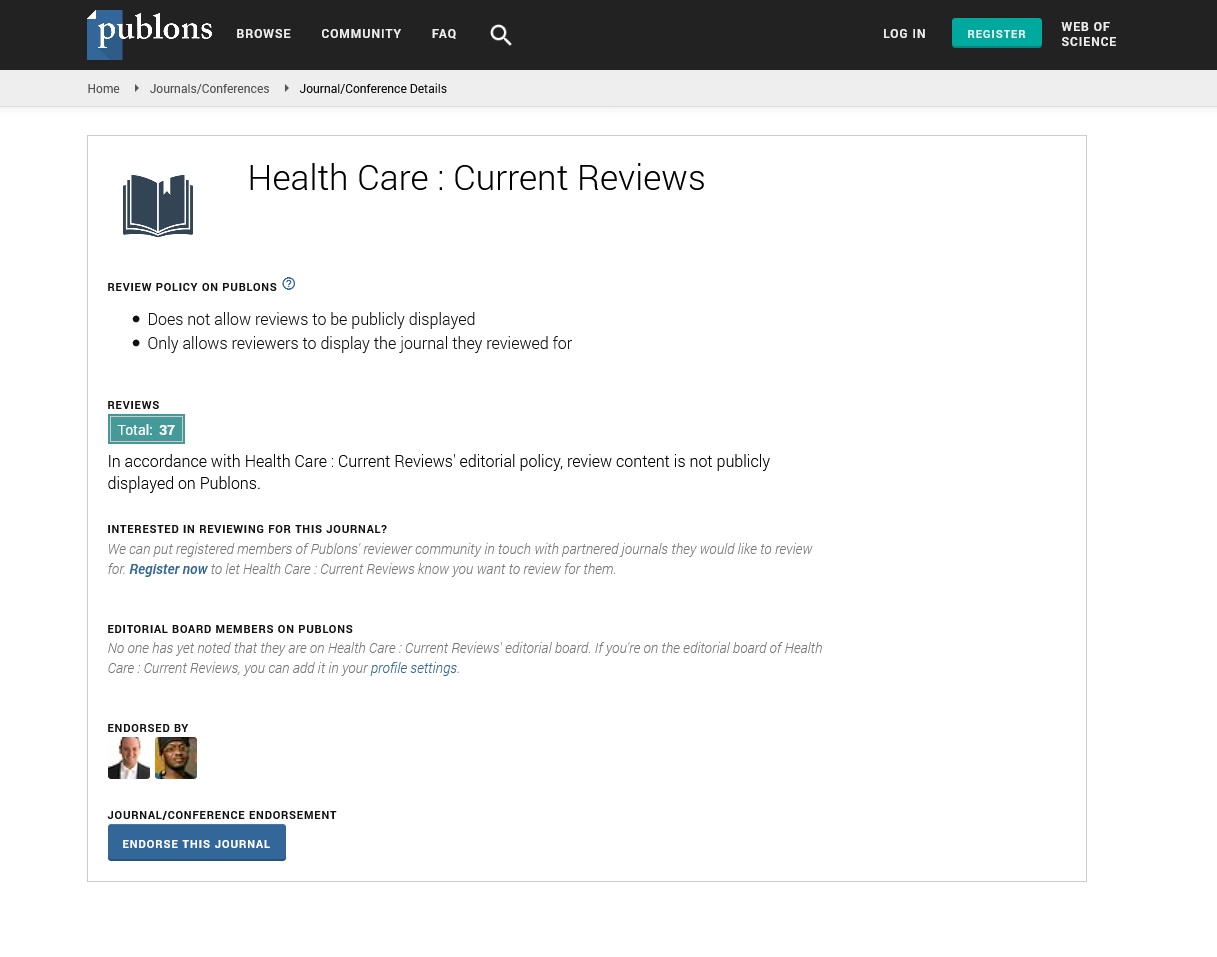Indexed In
- Open J Gate
- Academic Keys
- RefSeek
- Hamdard University
- EBSCO A-Z
- Publons
- Geneva Foundation for Medical Education and Research
- Google Scholar
Useful Links
Share This Page
Journal Flyer

Open Access Journals
- Agri and Aquaculture
- Biochemistry
- Bioinformatics & Systems Biology
- Business & Management
- Chemistry
- Clinical Sciences
- Engineering
- Food & Nutrition
- General Science
- Genetics & Molecular Biology
- Immunology & Microbiology
- Medical Sciences
- Neuroscience & Psychology
- Nursing & Health Care
- Pharmaceutical Sciences
Prevalence and correlates of depression and anxiety among patients with tuberculosis attending Wolaita Sodo University Hospital and Sodo Health Center, Wolaita, Sodo, South Ethiopia: Cross sectional study
6th Global Healthcare, Nutritionists & Dietician Annual Conference
December 05-07, 2016 Philadelphia, USA
Bereket Duko, Abebaw Gebeyehu and Getnet Ayano
Hawassa University, Ethiopia
University of Gondar, Ethiopia
Amanuel Mental Specialized Hospital, Ethiopia
Posters & Accepted Abstracts: Health Care: Current Reviews
Abstract:
Background & Aim: Anxiety and depression are the most frequently and highly occurring mental disorders in tuberculosis patients. When depression and anxiety co-morbid with tuberculosis, leads to poor adherence to anti TB medication which is important barrier to global control of the disease and increases the risk of morbidity and mortality from TB diseases. The objective of study was to assess prevalence and correlates of depression and anxiety among patients with TB at Wolaita, Sodo University Hospital and Sodo Health Center, Wolaita, Sodo, Ethiopia. Methods: Institution based cross-sectional study was conducted in 2015. A total of 417 TB patients, who had regular follow up at Wolaita Sodo University Hospital and Sodo Health Center, Wolaita, Sodo, South Ethiopia, were recruited using systematic random sampling technique to assess depression and anxiety and its associated correlates. Depression and anxiety were assessed through face to face interviews by trained psychiatry nurses using the hospital anxiety and depression scale (HADS). Correlates for depression and anxiety were assessed using a structured questionnaire, Oslo social support scale and TB stigma scale. Results: The prevalence of depression and anxiety among patients with TB were 43.4% (181) and 41.5% (173) respectively. When we adjusted for the effect of potential confounding variables, patients who had co-morbid HIV infection [AOR=5.90, (95% CI: 2.34, 15.93)], poor social support [AOR=18.06, (95% CI: 11.21, 25.45)] and perceived TB stigma [AOR=10.86, (95% CI: 10.26, 23.47)] were more likely to have depression as compared to their counter parts. Patients who had co-morbid HIV infection [AOR=9.61, (95% CI: 3.56, 25.96)], poor social support [AOR=8.93, (95% CI: 5.01,15.94)], perceived TB stigma [AOR=3.11, (95% CI: 1.78, 5.42)], being female [AOR=1.72 (95% CI: 1.06, 2.95)], current substance use [AOR=4.88, (95% CI: 1.79, 13.28)] and being on intensive phase of TB treatment [AOR=1.91, (95% CI: 1.08, 3.39)] were more likely to have anxiety as compared to individuals who had no co-morbid HIV infection, good social support, no perceived TB stigma, being male and being on continuous phase of TB treatment respectively. Conclusion: Prevalence of depression and anxiety was high. Developing guidelines and training of health care workers in TB clinics is useful to screen and treat depression and anxiety among TB patients.
Biography :
Email: berkole.dad@gmail.com

